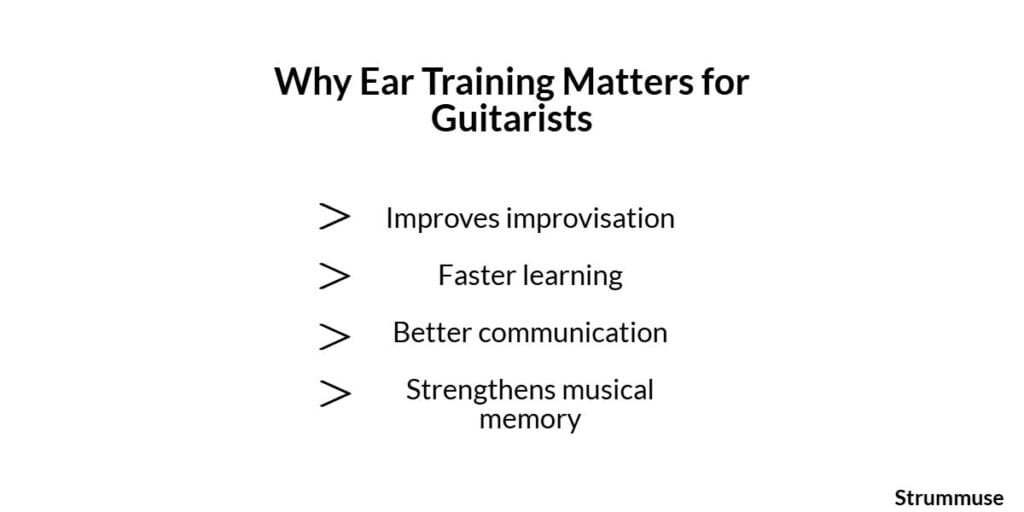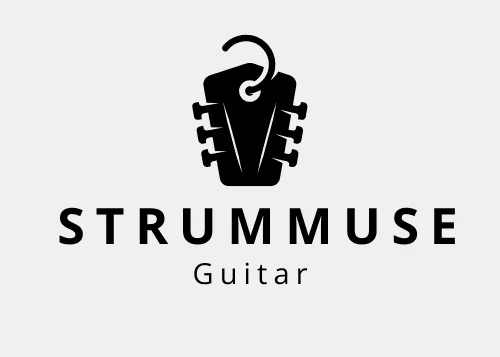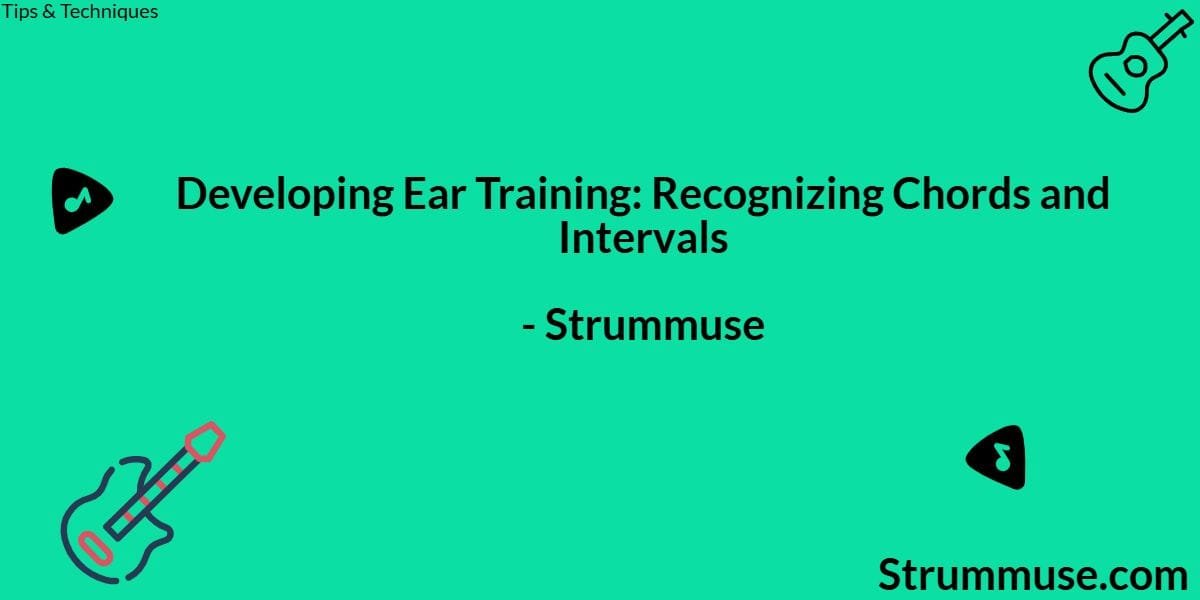Table of Contents
Introduction
Your ears are your most important musical tool. While guitar technique and theory matter, true musicianship blossoms when you train your ears to recognize chords, intervals, and melodies by sound alone. Ear training helps you improvise better, transcribe music faster, and play with greater confidence.
This comprehensive, SEO-optimized guide will help you understand how to develop your ear for music, especially focused on identifying chords and intervals—two critical skills for guitarists and musicians alike.
Why Ear Training Matters for Guitarists

- Improves improvisation: You can play what you hear in your head.
- Faster learning: Learn songs by ear instead of relying on tabs.
- Better communication: Understand and respond to fellow musicians intuitively.
- Strengthens musical memory: Retain and reproduce musical ideas more accurately.
Whether you’re a beginner or intermediate guitarist, recognizing intervals and chords by ear will elevate your playing.
What Are Intervals and Chords?
Intervals
An interval is the distance between two notes. For example, from C to E is a major third. Recognizing intervals helps you:
- Identify melodies
- Understand harmony
- Build chords and scales
Chords
A chord is a group of notes played together. Recognizing chord types helps you:
- Understand progressions
- Transcribe accurately
- Jam confidently
How to Start Interval Ear Training
1. Learn Interval Names and Sounds
Start by memorizing the sound of these common intervals:
- Unison (same note)
- Minor second (very close, tense)
- Major second (like “Happy Birthday”)
- Minor third (like “Greensleeves”)
- Major third (like “When the Saints Go Marching In”)
- Perfect fourth (like “Here Comes the Bride”)
- Tritone (unsettling, used in blues/metal)
- Perfect fifth (like “Star Wars Theme”)
- Minor sixth, major sixth, minor seventh, major seventh, octave
2. Use Reference Songs
Connect intervals to popular melodies for easier recall. Example:
- Minor third: “Greensleeves”
- Perfect fifth: “Twinkle Twinkle Little Star”
3. Practice Singing Intervals
Sing the interval starting from a root note. Use a tuner to check accuracy. This develops pitch recognition and muscle memory.
4. Use Interval Ear Training Apps
- Tenuto (iOS)
- Functional Ear Trainer (Android/iOS)
- Musictheory.net (Web)
These apps play random intervals for you to identify, helping build speed and accuracy.
How to Train Your Ear to Recognize Chords
1. Start With Major and Minor Triads
Focus on hearing the difference:
- Major chords: Bright and happy
- Minor chords: Sad or mellow
Use a keyboard or guitar to play and listen to each.
2. Add Seventh Chords
Learn the sound of:
- Dominant 7th (bluesy)
- Major 7th (jazzy, smooth)
- Minor 7th (mellow, soulful)
3. Practice Chord Identification Drills
Play a chord and try to name:
- Root note
- Type (major, minor, etc.)
- Inversions (if advanced)
Use these tools:
4. Play Chords on Guitar and Listen
Use your own instrument to train by playing a chord, listening, and naming it aloud. Try recording yourself.
Developing Relative Pitch vs Perfect Pitch
- Relative Pitch: The ability to identify notes and chords based on reference notes. This is more practical and trainable.
- Perfect Pitch: Rare ability to name notes without reference. Helpful but not necessary.
Focus your training on relative pitch—it’s the foundation of strong musicianship.
Recommended Practice Routine
Daily Ear Training (15–20 minutes)
- 5 mins – Interval ID drills (ascending + descending)
- 5 mins – Chord ID (major, minor, 7th)
- 5 mins – Singing intervals from root note
- 5 mins – Playback and identify simple melodies
Track your progress weekly with a journal or ear training app scores.
Integrating Ear Training Into Guitar Practice
- Transcribe by Ear: Pick a simple melody or riff and learn it by listening only.
- Play What You Hear: Imagine a note, then try to play it. Check if you got it right.
- Use Backing Tracks: Play chords or melodies that match what you hear in backing tracks.
Common Chord Progressions to Recognize
Train your ear to hear these common progressions:
- I–IV–V (e.g., C–F–G)
- ii–V–I (common in jazz)
- vi–IV–I–V (used in pop songs)
Try to listen to songs and identify the progression just by ear.
Internal Links
- Improving Finger Dexterity: Exercises for Speed and Accuracy
- Understanding Barre Chords: A Step-by-Step Guide
External Links
SEO Keywords
- ear training for guitarists
- how to recognize chords by ear
- interval ear training
- develop relative pitch
- ear training apps
- chord recognition exercises
- music theory ear training
- learn music by ear
Author’s Note
As a guitarist, one of the most empowering moments is being able to play what you hear without needing tabs or sheet music. That freedom comes from ear training. Stick with it daily—even five minutes helps. Over time, your ears will become your greatest musical ally.

Hello my name is Karansingh. I’m a passionate guitarist and the creator of StrumMuse.com — your trusted guide for Hindi guitar chords, strumming patterns, and beginner-friendly tutorials. With years of personal playing experience, I break down complex techniques into easy-to-follow lessons, helping you learn guitar the fun and effective way. Whether you’re just starting or refining your skills, StrumMuse is your musical companion.
Expertise: Bollywood guitar chords, strumming patterns, fingerstyle
Experience: 5+ years of self-taught guitar learning
Trust: 100+ curated posts helping thousands of learners
Contact: karanbayas0001@gmail.com

